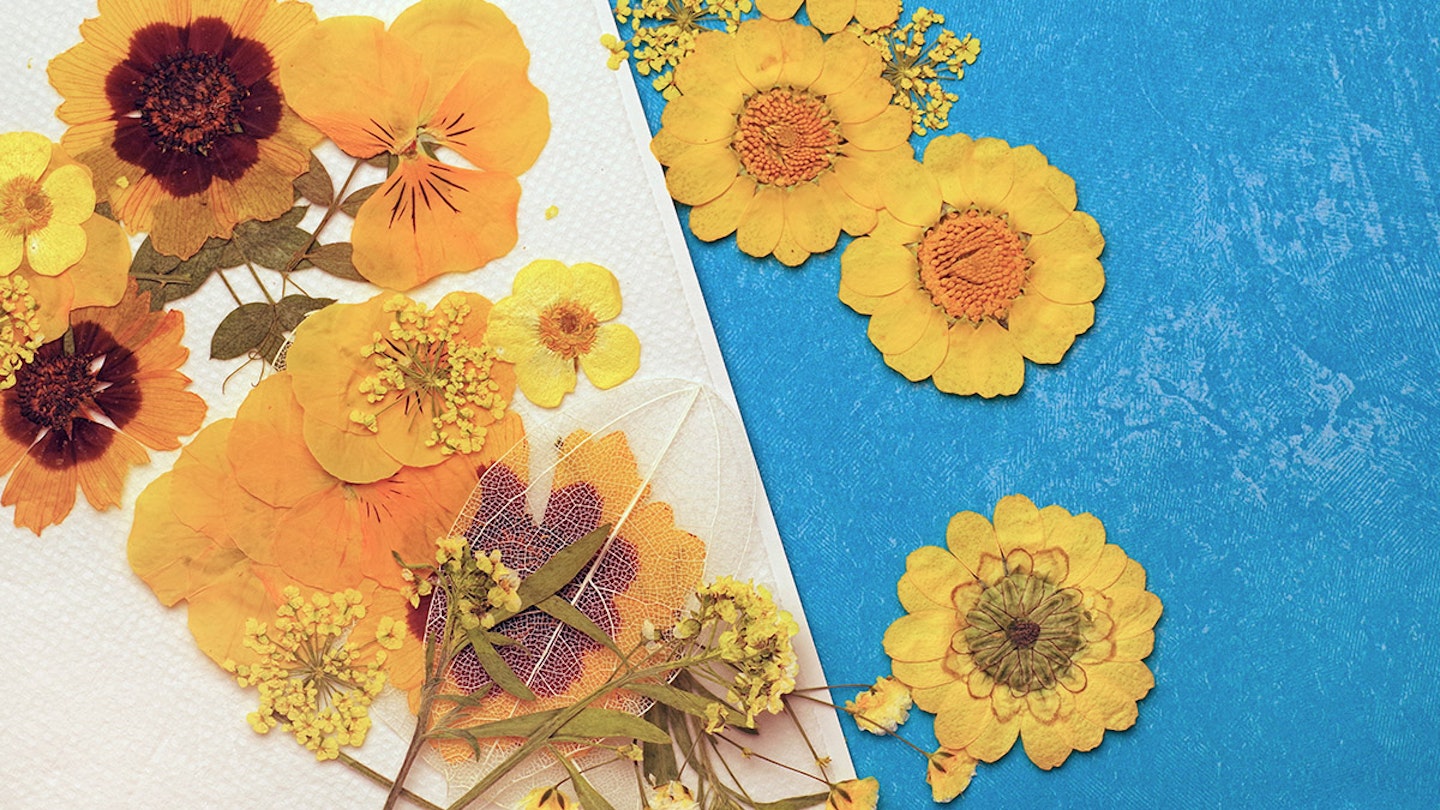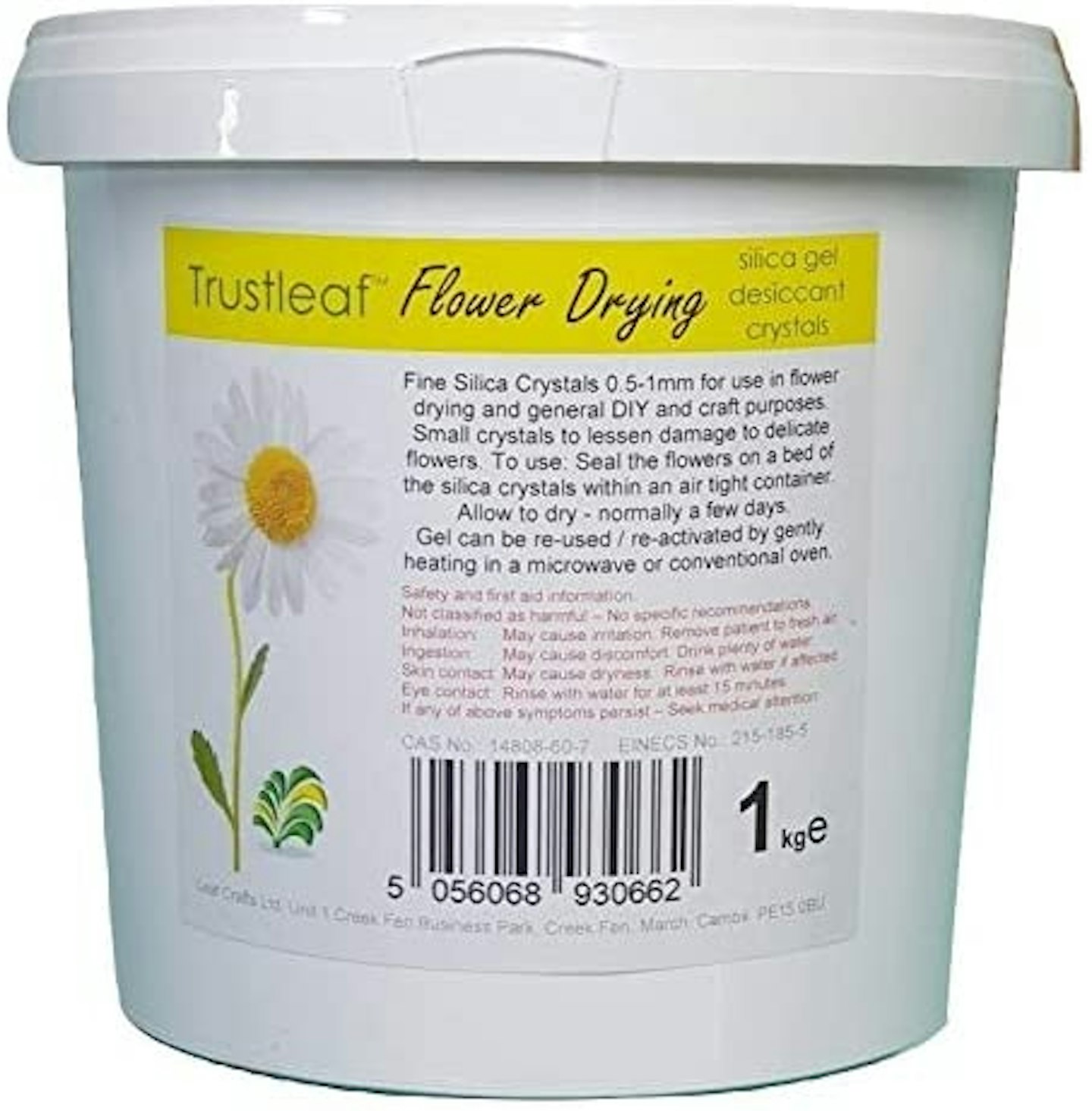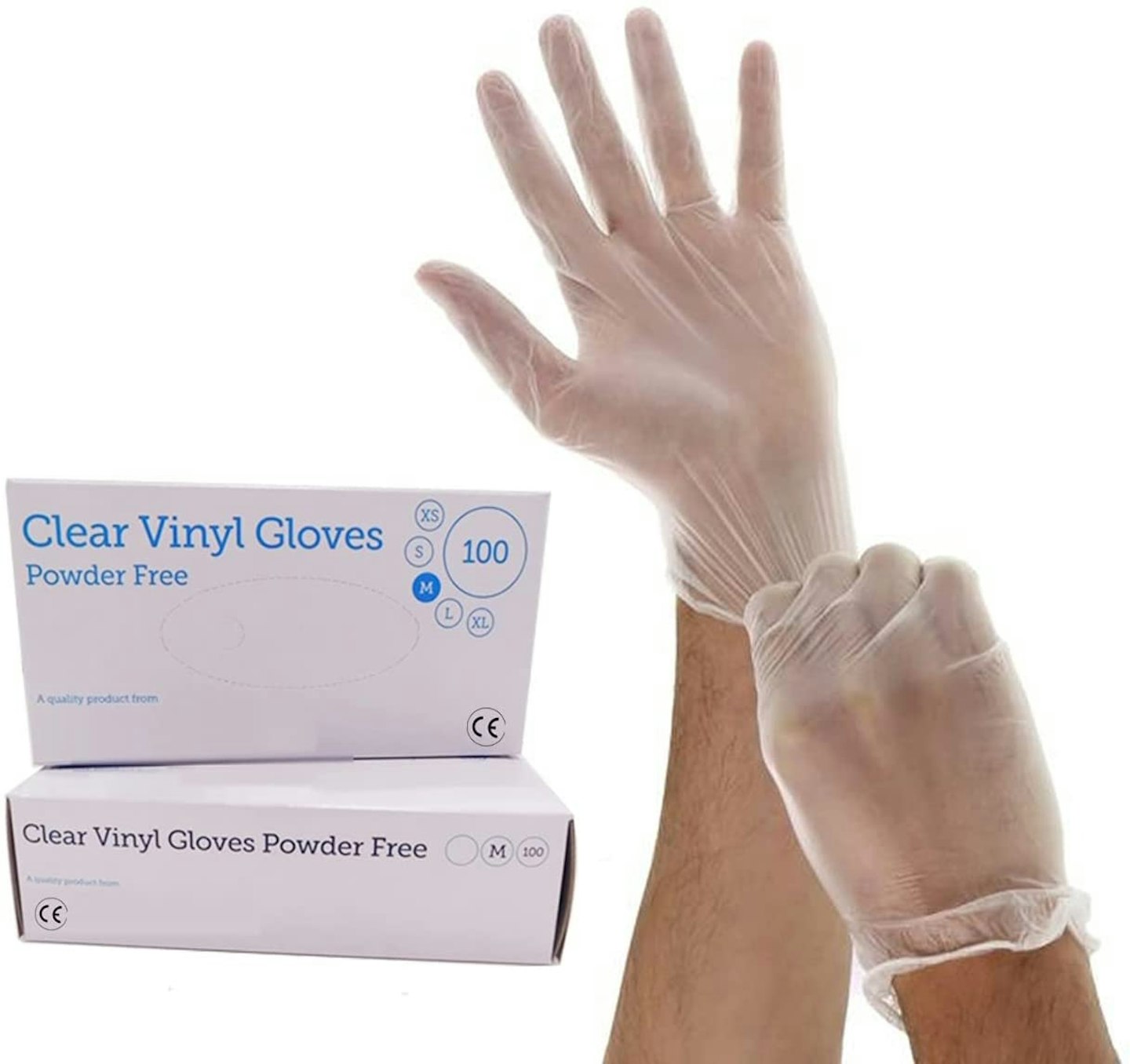We love having fresh flowers around the home (especially those that are especially meaningful) but wouldn't it be great to get to enjoy them for longer? That's where flower preservation comes in.
Safiyya Riyadh, Magenta Flowers CEO and Head of Design explains how you can make the most of those beautiful blooms.
What are the different ways to preserve flowers?
There are a variety of different methods you can use when preserving flowers, including:
• Pressing
• Air drying
• Preserving flowers in a microwave
• Preserving flowers in water
• Drying flowers in a desiccant
• Preserving flowers with Glycerine or Antifreeze
What can you use preserved flowers for?
You can use preserved flowers for so many wonderful items and trinkets:
• Flowers mounted in glass domes can look stunning and were often done in the Victorian era.
• Dried flowers and leaves can be used instead of wallpaper to create an in-home design marvel by glueing leaves and flowers onto canvas or cotton material.
• At Magenta Flowers, we hand-make a variety of different resin artwork and items such as resin letters and resin hearts, paperweights, jewellery, coasters, candleholders, cufflinks, clutch bags, wine bottle stoppers, chess sets, dominoes, cake stands, phone stands, jewellery boxes and coffee tables. We also accept custom orders and are always happy to try and accommodate requests for new shapes and keepsakes!
Best flowers to preserve for beginners
If you try the air-drying technique, everlasting flowers are perhaps the best beginner's choice. They are members of the Compositae family. This group of flowers includes strawflowers, helipterums and xeranthemums. The beauty of these flowers is that they contain little moisture and are easily grown in any British garden.
Other suitable candidates for air drying include seed heads such as honesty, flowers from the herb chive, cow parsley and Angelica. But, you can also experiment with other plants such as fennel and hollyhocks. Grasses which have smaller seeds heads are also ideal for air drying. Flowers with heads composed of many tiny flowers such as gypsophila, lady's mantle and achillea are great alternatives. You can also add Chinese lantern flowers, which look rather exotic when both fresh and air-dried.
When is the best time to preserve flowers?
Time is important when it comes to preserving flowers. All material should be picked on a dry day, and flowers should be fully mature or partially open before drying and preserving them.
The time between cutting the flower and starting the process of preservation should be as short as possible. Preferably, the flower should be cut within 1 inch of the head.
Flowers that are fresh and free of any disease or nasty critters work best for preservation.
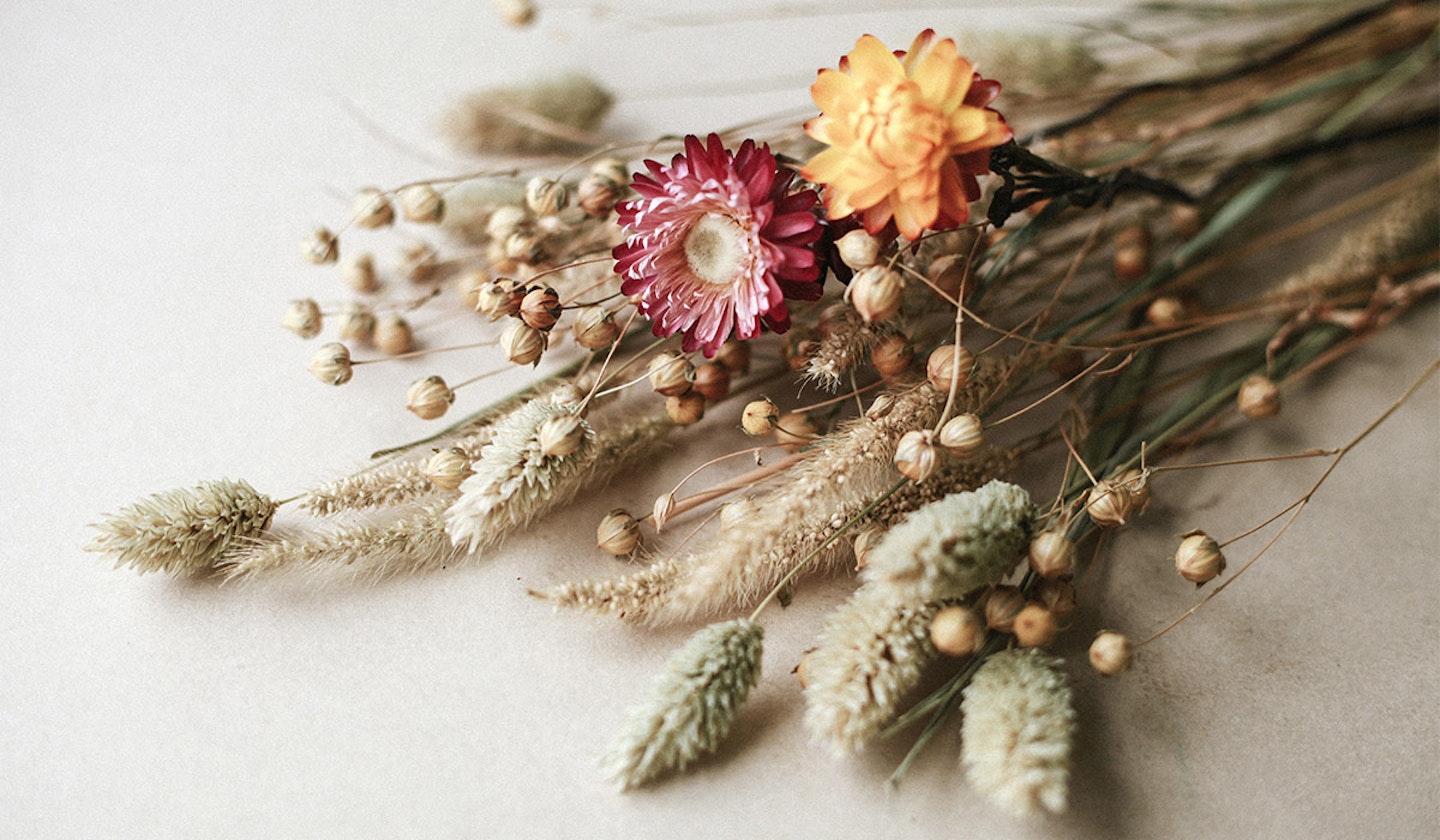
How do you dry flowers to preserve them?
Air drying aims to dry the plant or flowers as quickly as possible. The speed of the process will ensure that less colour is lost and makes it less likely to affect the flowers and leaves from harmful moulds. Here are some tips...
• You need plenty of ventilation and an area free from sunlight and other light. Bunches of drying flowers can look lovely hung up in a kitchen, but as kitchens can get steamy, preserving flowers here is not always a good idea.
• Attics and dark corners are better choices, and if your garage is well ventilated, you may want to try this ‘easy to use’ flower preservation technique there.
• Any space should always be dust free to reduce the chance of any contamination.
• Leaves slow down the drying process, so before you hang your flowers to dry, you want to try to strip away as many leaves as possible.
• Bunches should be small enough to allow the air to circulate freely. Also, make sure the surrounding flowers do not crush the flowers in the centre of the display.
• Drying time depends on the type of flower, the moisture content of the flower or plant and the conditions in which it is drying.
• Stems may shrink through the drying process, so it is often necessary to re-tie any loose bunches.
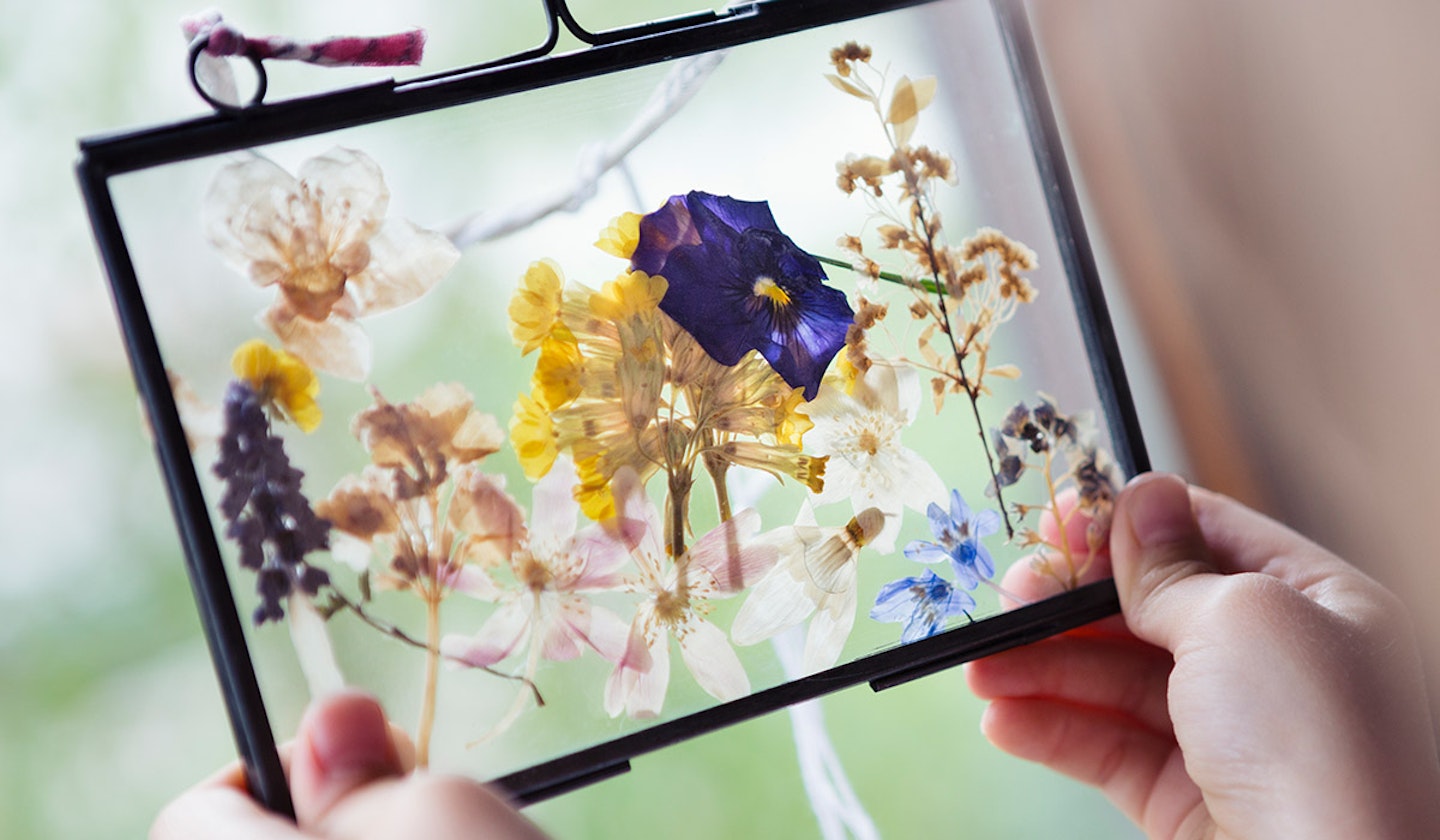
How do you dry flowers using silica?
Drying flowers in a desiccant, like silica, is the least predictable method of flower preservation and is one of the reasons why flowers dried using this method are so expensive to buy. But, it is fair to say that this is the connoisseur’s method, and when successful, the technique produces beautiful lifelike flowers in both colour and form. Here’s how you do it:
- Time is important when it comes to using desiccants. All material should be picked on a dry day, and flowers should be fully mature.
- The time between cutting the flower and starting the process should be as short as possible. Preferably, the flower should be cut within 1 inch of the head.
- If you want to display the flower in a vase or other arrangements afterwards, you can insert a wire into the remaining stem or wire it after drying.
- Make sure you remove all green leaves before you proceed.
- Put a 1-inch layer of desiccant in the bottom of a large plastic box or old biscuit tin. Gently turn each flower in the desiccant to coat it, then place the flowers directly into the desiccant making sure they don't touch each other. Never build up several layers of flowers as the process will fail.
- Slowly pour a steady stream of desiccant over each flower, ensuring the space in between every petal is filled. If you find this difficult, place a cocktail stick in between the petals to separate the flowers as you pour. Gently shake the container from time to time to make sure you get rid of any air pockets.
- Replace the lid tightly after you have covered the flowers well, and then store them in a warm, dry place. The warmer the desiccant stays, the faster the flowers will dry. You will also notice less colour loss.
- Once the approximate drying time is reached, slowly pour out the desiccant through your hands. It is a good idea to wear lightweight plastic gloves when you do this so that it runs away more easily. Catch and inspect the first flower. It should feel papery. If it does, remove it and the others. If not return, for another couple of days and check again.
- A good trick is to place one flower a little bit shallower than the others but still covered by the desiccant. In that way, you can inspect it without disturbing the others. Always wear gloves as you don't want to introduce moisture to the process. Flowers left too long will become brittle and dark.
- Any desiccant left between petals can be brushed away with a lightweight makeup brush such as a blusher brush. Paintbrushes are okay, but the hair on many paint brushes are often too hard and can damage delicate petals.
- The desiccant can be reused, but it is important to carefully remove any material left after the drying process.
- Silica gel is the fastest acting drying agent, and some flowers, such as pansies and Harebells, need only a day. More rigid flowers such as sunflowers and lupins can be dried using granular silica, but it can take up to two to three weeks.
How do you use a book to preserve flowers?
Preserving flowers by using pressing is pretty straightforward.
• Place several pieces of newspaper or blotting paper flat.
• Then, carefully arrange the flowers in a single layer making sure no leaves overlap or curl.
• Cover with more layers of blotting paper and newspaper, and add more flowers if you like. However, it is a good idea to press just one layer as a trial run.
• On a smaller scale, you can press individual flowers between the papers of a thick book and make sure to place a heavy object on top.
• Check the flowers after a week, but you need to be aware that some flowers and leaves may take six weeks to dry completely. Store your creations inside paper until you are ready to use them.
Preserving flowers in a microwave
This relatively new method has proved successful with miniature roses or cluster flowers. You can also try it with small green plants and flowering specimens such as Forget-Me–nots.
Other flowers may respond well to this method, so it is worth giving it a try. However, the material does need to be air-dried after microwaving, but the process speeds up the drying process. It also helps to retain the colour.
• Strip away the foliage, then place the flowers, or even grasses, in a single layer on several sheets of kitchen towel in the microwave.
• Use a medium setting (400 – 500 w) and microwave for about 2 minutes.
• Check after about one minute, and replace the kitchen towel if soaked.
• The process releases a lot of moisture, and it is important to wipe the microwave after use.
• Remove the flowers, hang them upside down, for air drying, for about three days.
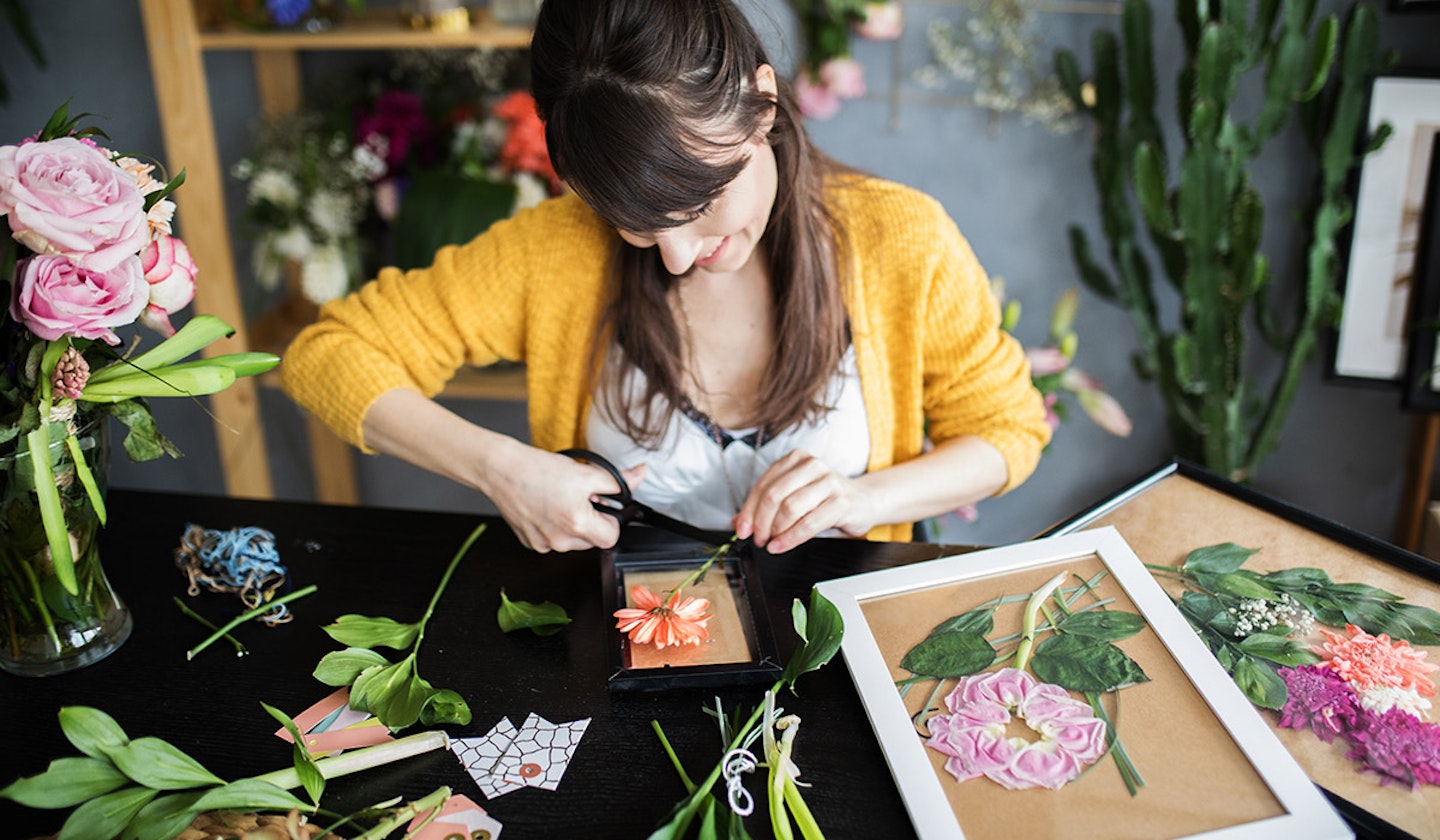
How can you make preserved flowers last as long as possible?
Materials treated with glycerine and antifreeze last indefinitely, and because of the leathery texture, can be dusted or even dried with a damp cloth without the risk of damage.
Flowers preserved in resin will also last indefinitely. However, keep resin items out of direct sunlight to avoid discolouration. You should only ever use high-quality resin, which is 100 per cent guaranteed not to go yellow, so you can be sure that your items stay crystal clear throughout the test of time.
All dried flowers can become brittle, and this applies to air-dried flower preservation more so. To keep dried flowers lasting for longer:
• Display them indoors and out of direct sunlight or bright areas.
• Avoid rooms with a lot of humidity, like the kitchen. Long term exposure to heat and humidity will cause dried flowers to decay faster and, in some cases, can cause them to turn limp and brown, or even to get mouldy.
• Dust dried flowers with an old-fashioned feather duster taking care not to damage any delicate flowers.
